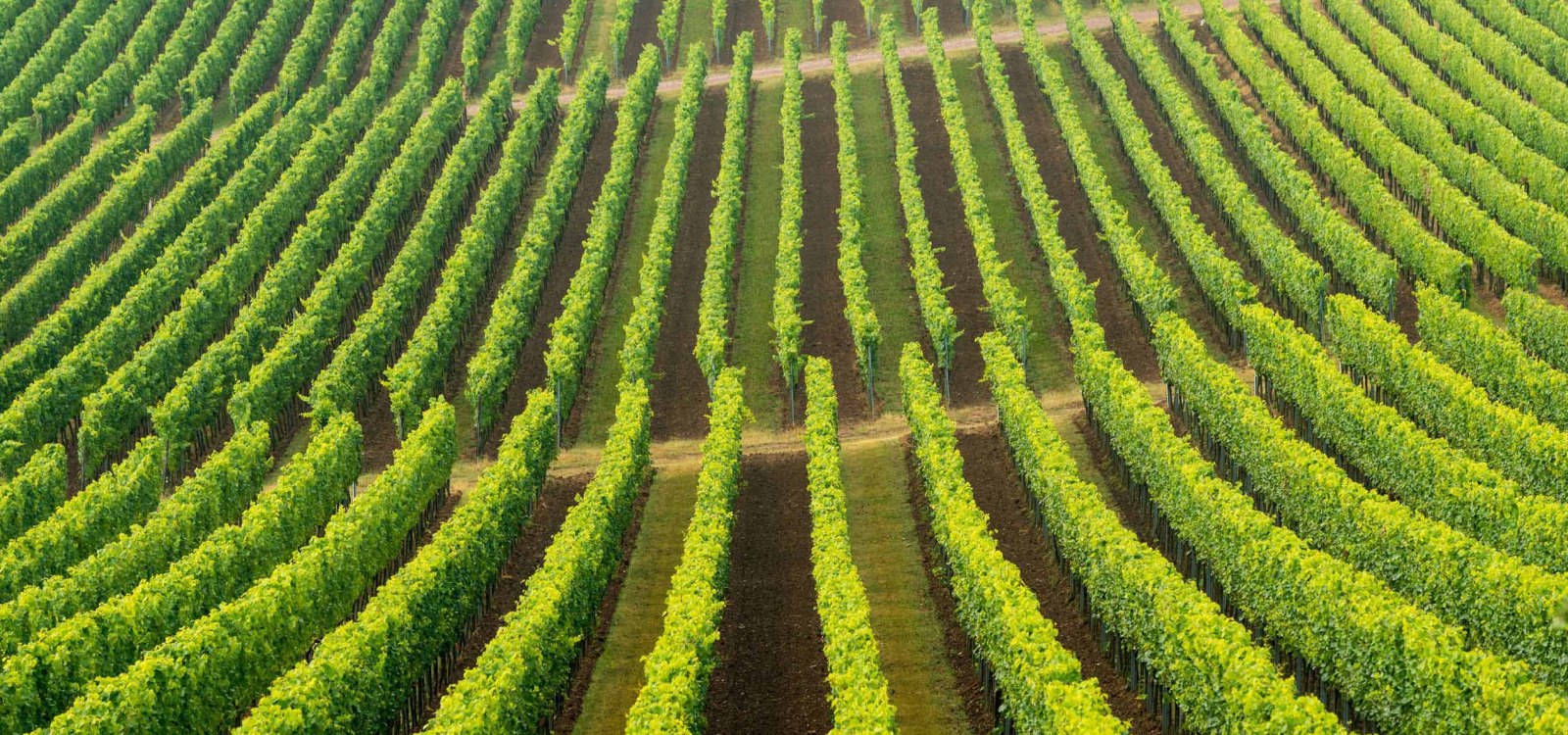
searchMenu



As always in Rheinhessen, this name comes from the southern position of the vineyards.

Let’s go to the vineyard - towards the diversity of grape varieties The Rheinhessen dialect, people refer to a vineyard as a "Wingert". This term is common in west-central Germany and in Switzerland. The site designation "Wingertstor" is based on a gate in the medieval village fortifications through which one entered the vineyards. In the late Middle Ages, Bechtolsheim had a village fortification that also included a moated castle. Today, remains of the old moat can still be seen. On the fertile loess soil, a wide variety of different…


Hildegardis Way in Bermersheim Birthplace of a saint and fantastic wines She was the tenth child of the nobleman Hildebert of Bermersheim and his wife Mechthild. In 1098 Hildegard (presumably) saw the light of day in Bermersheim. She founded a monastery on the Rupertsberg near Bingen and was considered a great mystic of the Middle Ages. Without a doubt, this site is dedicated to her. On marl and loess soil, Pinot Blanc, Pinot Gris and Chardonnay thrive quite fantastically. > Learn more about Saint Hildegard of Bingen…

The naming is based on spiritual property. Whether this situation belongs to the monastery Rupperstberg or the St. Albans monastery is not clear.

An ancient craft and many varieties of grapes A high ropes course? No, this leisure activity - climbing in treetops - is probably more recent. Nevertheless, it is a beautiful name for a vineyard. The vintners do not have to climb here, it is not a steep slope - but it offers a beautiful view over the Rhine plain. A variety of grape varieties grow on loess soil; Silvaner, Chardonnay or Portugieser. The site was mentioned in a document in 1773 with the name "auf dem saylgarten". Either there is a shape designation (but what does a rope…

Biebelnheim, pilgrim’s stone, divinely good red wine The single vineyard "Biebelnheimer Pilgerstein" embraces the village from three sides. The name sounds as Christian as it is meant to be: in the Middle Ages, Biebelnheim was home to a pilgrims' hospital, and the Way of St. James still winds its way through the vineyards and up to the neighbouring Petersberg, on top of which there was a medieval crypt. The site was first mentioned in a document in 1555 and the word "stone" indicates a resting place for pilgrims. Pinot vines in…

The location was mentioned in a document in 1591 with the name "am Rosenberg". The rose gardens can indicate natural vegetation. However, they often point to early medieval burial sites.

This common vineyard seed name probably does not go back to a "bee pasture". Presumably, the name of the location by the old Weinsorten- or. Quality designation "hunnisch" emerged. However, the meaning is not yet clear.

Small pebbles, big wines in the West Everyone has had flat pebbles bounce across the surface of the water. There is no lake in the single vineyard Biebelsheimer Kieselberg in Rheinhessen, but the Nahe growing region begins just a stone's throw away. Biebelsheim is located in the very west of Rheinhessen. The name of the site refers to the predominantly gravelly soil, which consists of loess and, especially in the higher sites, terraced gravel. Rieslings and Pinot Noirs grow here, as well as other grape varieties. The Wingertsschaukel…
Rheinhessenwein e.V.
Otto-Lilienthal-Straße 4
55232 Alzey
E-Mail: info@rheinhessenwein.deRheinhessenwein e.V.
Otto-Lilienthal-Straße 4
55232 Alzey
E-Mail: info@rheinhessenwein.de